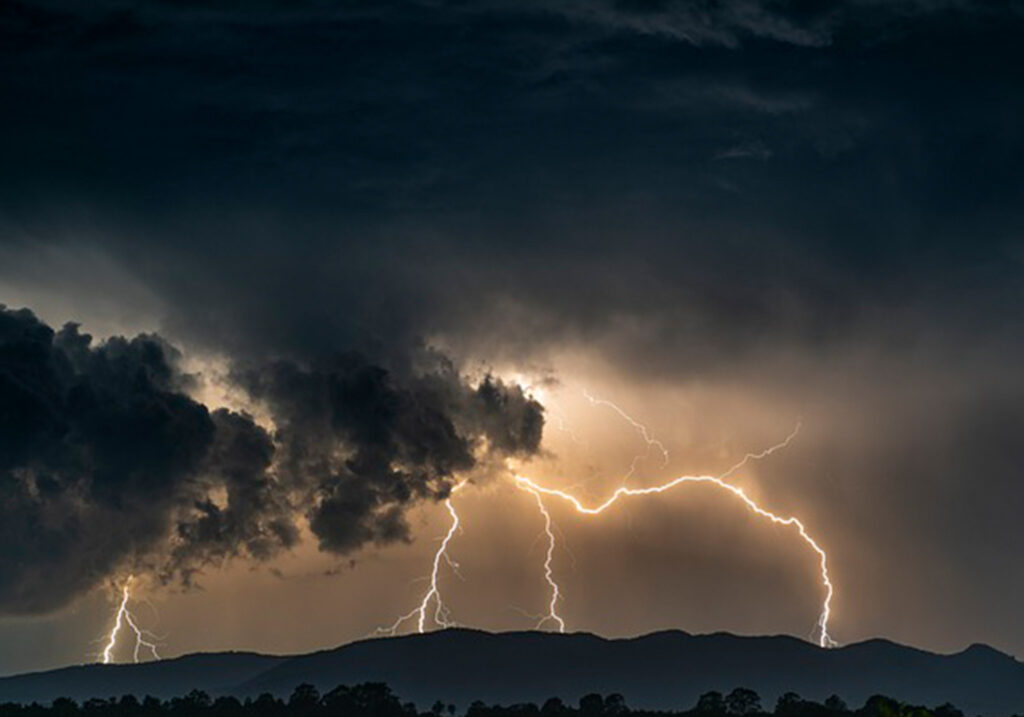Times have changed, including the weather. As humans continue to wantonly destroy Mother Nature, we continue to experience extreme climates. It seems like every year, storms get worse and worse, summers become hotter than the previous ones, and winters are colder than ever.
Metal barns are popular due to their durability and low maintenance requirements. However, in extreme climates, these structures can be vulnerable to harsh weather conditions such as heavy snow, intense heat, high winds, and excessive moisture. Without proper weatherproofing, metal barns can suffer from condensation issues, temperature fluctuations, and structural wear over time. To ensure longevity and protect the livestock, equipment, and supplies stored inside, it’s crucial to implement effective weatherproofing techniques.
This article explores the best weatherproofing strategies for metal barns in extreme climates, helping owners prepare their structures for challenging environmental conditions.
Understanding the Impact of Extreme Weather on Metal Barns
Before implementing weatherproofing measures, it’s essential to understand how extreme weather affects metal barns.
- Cold Climates and Snow Loads
In regions with heavy snowfall, metal barns must be reinforced to withstand accumulated snow loads. Excessive weight can cause structural strain, leading to deformations or even roof collapse if the barn isn’t properly designed. Additionally, freezing temperatures can create condensation inside, leading to rust and corrosion. - Hot and Arid Climates
In hot climates, metal barns can become heat traps, making conditions inside unbearable for livestock and damaging sensitive equipment. Prolonged exposure to UV rays can also cause paint to fade and metal panels to degrade over time. - High Winds and Storms
Areas prone to hurricanes, tornadoes, or strong windstorms require barns with reinforced structures. Without proper anchoring and bracing, metal barns can suffer from uplift forces, causing roof panels or entire sections to detach. - Humid and Rainy Environments
High humidity and excessive rainfall can cause moisture buildup inside the barn, leading to mold growth and metal corrosion. Without proper ventilation and drainage, barns in wet climates can deteriorate more quickly.
Now that we have outlined the risks, let us explore the best weatherproofing solutions for each climate.
Insulation for Temperature Control
Proper insulation is crucial for both cold and hot climates. Insulation helps regulate the internal temperature, reducing heat loss in the winter and preventing overheating in the summer.
- Spray Foam Insulation
Spray foam insulation is highly effective for metal barns because it provides an airtight seal, preventing drafts and condensation. It also adds structural stability to the barn, making it more resistant to extreme weather conditions. - Reflective Foil Insulation
In hot climates, reflective foil insulation helps deflect heat away from the barn, keeping the interior cooler. This type of insulation is often installed under the roof to minimize heat absorption. - Fiberglass Batts and Rigid Foam Boards
Fiberglass batts and rigid foam boards are cost-effective insulation options that help reduce temperature fluctuations. However, they require a vapor barrier to prevent moisture buildup in humid environments.
Sealing Gaps and Preventing Leaks
Unsealed gaps in metal barns can allow water, wind, and pests to enter, compromising the structure’s integrity. Sealing all openings is a crucial step in weatherproofing.
- Using Weather Stripping
Weather stripping around doors and windows helps prevent drafts and water leaks. Rubber or foam-based weather strips create a tight seal, keeping the interior dry and comfortable. - Caulking and Sealants
Applying caulk or sealants to seams, joints, and small gaps in metal panels prevents moisture intrusion. Silicone-based sealants are particularly effective in extreme temperatures, as they remain flexible and durable over time. - Installing Proper Flashing
Flashing around the roof and doors directs water away from vulnerable areas, reducing the risk of leaks. Galvanized steel or aluminum flashing is recommended for long-term protection.
Reinforcing the Roof and Walls for Heavy Snow and Wind
A metal barn’s roof and walls must be able to withstand extreme weather conditions, such as heavy snowfall and strong winds.
- Choosing a High-Pitched Roof
A high-pitched roof allows snow to slide off more easily, reducing the risk of structural damage due to snow accumulation. Roof pitches of 4:12 or steeper are ideal for snowy regions. - Adding Extra Roof Supports
In areas with heavy snowfall, reinforcing the roof with additional trusses or purlins increases load-bearing capacity. This prevents sagging or collapse under extreme weight. - Wind Bracing and Anchoring
For wind-prone areas, cross-bracing on walls and roofs strengthens the barn’s structural integrity. Additionally, using ground anchors or concrete footings helps secure the barn against uplift forces during storms.
Ventilation and Moisture Control
Proper ventilation is essential for preventing condensation, which can lead to rust, mold growth, and poor air quality inside the barn.
- Installing Ridge Vents and Gable Vents
Ridge vents and gable vents allow hot air to escape from the roof while drawing in cooler air from the outside. This natural airflow prevents moisture buildup and maintains a stable indoor temperature. - Using Exhaust Fans
In humid climates, exhaust fans help remove excess moisture from the air, reducing the risk of condensation. They also improve air circulation, keeping the barn fresh and dry. - Adding Vapor Barriers
A vapor barrier installed under insulation helps prevent moisture from seeping into the walls and ceiling. This is especially important in barns used for livestock housing, where humidity levels can be high.
Protecting Against Rust and Corrosion
Metal barns are susceptible to rust and corrosion, especially in humid or coastal areas. Taking proactive measures can extend the lifespan of the barn.
- Applying Rust-Resistant Coatings
Using rust-resistant coatings or galvanizing the metal panels adds a protective layer against moisture and oxidation. Powder-coated or painted finishes also provide long-term protection. - Regular Maintenance and Cleaning
Routine inspections and cleaning help identify early signs of rust or corrosion. Washing metal surfaces with mild soap and water removes dirt and prevents the buildup of corrosive substances. - Using Stainless Steel or Galvanized Fasteners
Standard metal screws and fasteners can rust over time, weakening the barn’s structure. Using stainless steel or galvanized fasteners ensures better durability and resistance to corrosion.
Ensuring Proper Drainage and Water Management
Poor drainage around a metal barn can lead to water damage and foundation issues. Implementing proper drainage solutions helps protect the barn from excess moisture.
- Installing Gutters and Downspouts
Gutters and downspouts direct rainwater away from the barn, preventing water from pooling around the foundation. Ensuring that gutters remain clean and unclogged is essential for efficient water drainage. - Grading the Ground
The area surrounding the barn should be graded to slope away from the structure, directing water runoff away from the foundation. This helps prevent erosion and water damage. - Adding a French Drain System
In areas with heavy rainfall, a French drain system helps divert excess water away from the barn. This underground drainage solution prevents water from seeping into the foundation.
Conclusion
Weatherproofing a metal barn is essential for ensuring its longevity and functionality in extreme climates. By implementing proper insulation, sealing gaps, reinforcing structural elements, and managing moisture and drainage, metal barns can withstand harsh weather conditions and provide a safe, comfortable space for livestock, equipment, and storage. Regular maintenance and proactive upgrades will further enhance the durability of the barn, protecting it from the elements for years to come. Investing in these weatherproofing measures will ensure that your metal barn remains a reliable and resilient structure, no matter the climate.

